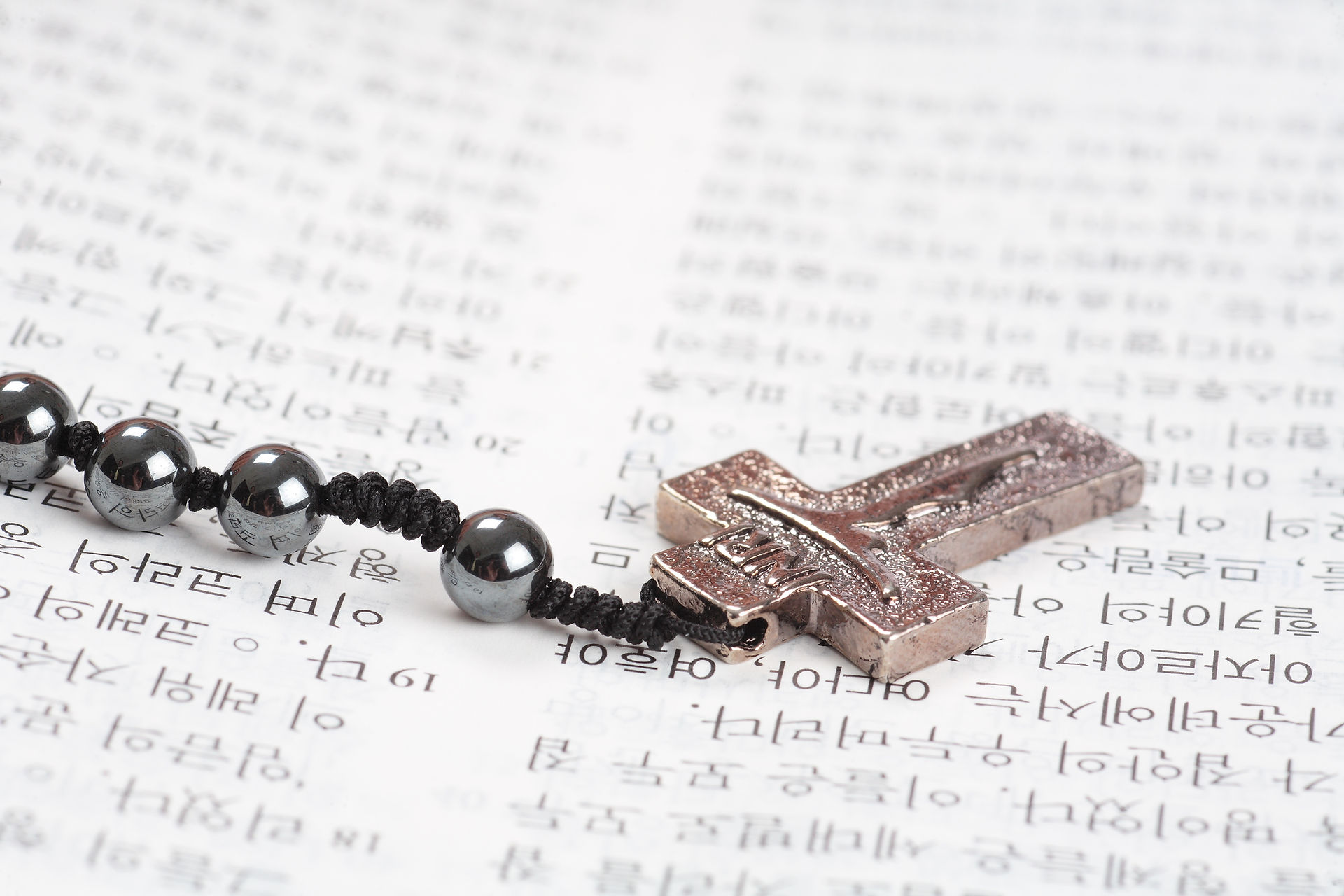
Services for the Deceased
In funeral rites and memorial services, the Church asks the merciful God to forgive the deceased their sins and to grant their souls “repose in the land of the living, in the place of light, where all the saints and righteous have their rest.” For this the Church also makes “atonement for the dead, so that they might be delivered from their sin” (2 Mc 12:45).
Christian Funeral
Give graciously to all the living; do not withhold even kindness from the dead. (Sir 7:33)
Christians view death in the light of Christ’s victory over Death in his Resurrection. This is expressed in a special way when the funeral of a Christian occurs during the Paschal season and the troparion of Pascha is sung over the deceased: “Christ is risen from the dead, trampling death by death, and to those in the tombs giving life.” The joy of Christ’s Resurrection is the divine answer to the sorrow of a person’s death.
A Christian funeral is always filled with hope for the person’s resurrection in the flesh. This is why the body of the deceased is censed, sprinkled with holy water, and otherwise shown reverence; and it is why it is carried solemnly to the church and cemetery. Those participating in the funeral procession accompany the deceased with their joint prayers to the place of burial. The hope of Christians for eternal life is expressed in the singing “Everlasting memory” which refers to God’s “remembrance” of the person. To be embraced by that memory is to remain in eternal life.
In keeping with the words of Scripture: “You are dust, and to dust you shall return” (Gn 3:19), the body of the deceased is returned to the earth. According to a widespread Ukrainian custom, the body rests in the ground with the head facing the east, where the sun rises. It thus awaits the coming of Christ, the “Sun of Righteousness.” Over the grave is placed a cross. This is a sign of the beginning of the victory over death, won by Christ’s death on the cross.
The texts (stichera) of the funeral rite for laypersons describe the tragedy of death that resulted from the Fall. But the Christian answer to death is heard in the singing of the evangelical Beatitudes. Then, during the final kiss—the Christian parting with the deceased—sorrow is joined to hope. The funeral service concludes with the Panakhyda (brief memorial service) at the cemetery and the sealing of the grave “until the second and glorious coming of Christ.”
The funeral for a child offers words of consolation to the parents, and expressions of faith that God has received the child to himself. This rite does not include prayers for the forgiveness of sins. Children of this age are without sin and possess the innocence of Adam prior to his Fall.
Commemoration of the Deceased
For if he were not expecting that those who had fallen would rise again, it would have been superfluous and foolish to pray for the dead.(2 Mc 12:44)
At death, a person leaves this world and stands before God. For a worthy encounter with the Lord, the deceased needs the prayerful support of the living, as well as the intercession of the most holy Mother of God, their guardian angel, and of all the saints. That is why at the notification of death, the family and friends of the deceased gather around (in Greek, parastasis) to pray for him or her. Thus, the prayerful commemoration of the deceased begins with the parastas service.
According to ancient custom, on the day of the funeral, the family and neighbours gather after the services at the home of the deceased [or elsewhere] to prayerfully commemorate him or her at a common meal (in Slavonic, tryzna) and to console the bereaved family.
Subsequent commemorations are made in the church on the ninth and fortieth days and at every anniversary of the death. Such Christian commemoration overcomes the separation between the living and the deceased.
The Church also designates other days for commemoration of the deceased:
-
Every Saturday is a day when we remember them together with all the saints.
-
Then there is Meatfare Saturday, as well as the second, third, and fourth Saturdays of Great Lent, along with the Saturday before Pentecost, which are days of “universal, or general, commemoration of the deceased.”
These commemorations occur on Saturdays because the Saviour of the world rested in the grave on Great and Holy Saturday, awaiting the Resurrection. Thus, Saturday became for Christians the day for commemorating the deceased, who await the resurrection on the last day. There is also a custom of commemorating all the departed of a locality or a parish on the day following a church’s patronal feast. This is an additional sign of the unity of the living and the deceased in a parish. During the days of Pascha and Pentecost, the parish community gathers at the cemetery to pray at the graves of the departed and to share with them the joy of Christ’s Resurrection and new life. The cemetery is a hallowed place; and when it is ordered and cared for, it is evidence of a proper attitude of the living toward the deceased.